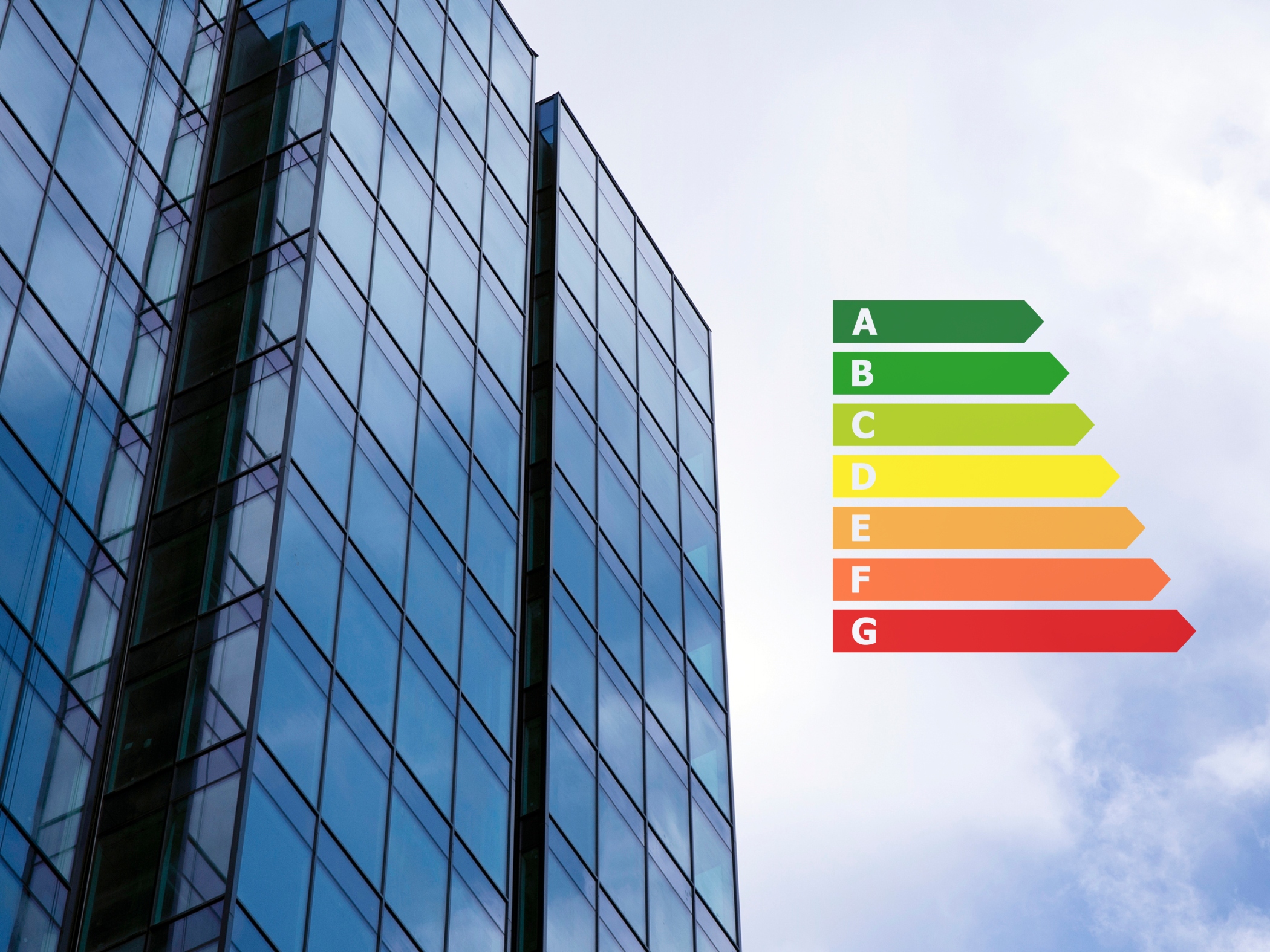Your Facility: Improving Energy Performance

Improving the energy efficiency of your facility comes with many benefits — lower operating costs, increased occupant comfort and a reduced environmental footprint. All that sounds great, but how do you get there? Here's your guide for saving energy now and better managing your energy use in the future.
Start simple
Improving your energy performance doesn't necessarily require a big investment. You can start saving now with these simple and affordable energy-saving measures that will also improve the comfort and productivity of your facility.
- HVAC maintenance. Hire a qualified professional to inspect and clean your heating and cooling systems at least once per year. Change air filters regularly according to the manufacturer's instructions.
- Adjust temperatures. Use building automation controls to adjust building temperatures to optimize savings and comfort based on your operating schedule.
- Control lighting. Install occupancy or vacancy sensors in areas with varying occupancy — such as restrooms and meeting rooms — to ensure that lights run only when needed. Use automation controls to turn lights on and off based on building occupancy or operating schedules.
- Seal your building envelope. Regularly check for gaps or air leaks in windows and exterior doors and seal any you find with caulk or weatherstripping. Hire a qualified contractor to ensure your building is insulated according to relevant building energy codes, such as ASHRAE 90.1. Add insulation if needed to improve comfort and save energy.
Consider an energy audit of your facility. A team of energy professionals will inspect your facility and provide you with a report of customized energy-saving recommendations.
Plan for long-term savings
You're off to a great start, but long-term savings require a plan. Here are five key steps to developing and implementing a successful energy management plan.
- Make a commitment. Get the full support of the business owner or top management and include measurable goals and objectives, as well as a method to track progress.
- Assess performance. Use ENERGY STAR® Portfolio Manager®, a free tool from the U.S. Environmental Protection Agency (EPA), to benchmark your energy performance and establish a baseline to track your progress.
- Implement your plan. With goals in place, develop a detailed action plan for reducing waste and improving overall energy efficiency. A facility energy audit can help you target the most effective cost-saving opportunities.
- Evaluate progress. Compare energy use data and action plan measures to your performance goals. Use the results to create new action plans, identify best practices and set new performance goals.
- Recognize achievements. Publicizing your energy-saving and sustainability achievements will help build momentum for additional projects and improve your organization's public image.
For more information, see Guidelines for Energy Management from the EPA.
Get certified
Green building certifications are a great way to publicize your organization's commitment to saving energy and reducing environmental impact. They can also provide a useful framework for establishing energy-saving targets and measuring performance.
Widely recognized certification programs include ENERGY STAR and LEED. Each program has specific eligibility and certification requirements, but certified buildings typically cost less to operate, have fewer emissions and increased property value.
There are hundreds more ways you can save energy at work every day. Check out ElectricIdeas.com/WorkTips for video resources, tips and calculators or easy ways to cut your energy costs and pick a few to work into your routine.
Return to newsletter